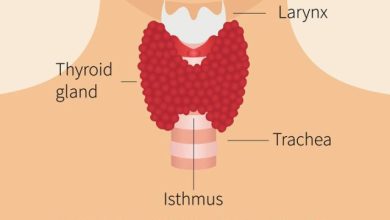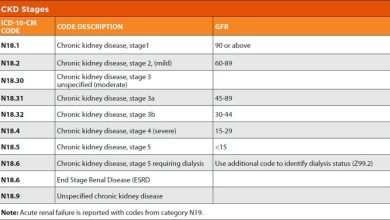Understanding Marfan’s Syndrome: ICD-10 Codes And Diagnosis
What is Marfan’s Syndrome ICD-10?
Marfan’s Syndrome is a genetic disorder that affects the connective tissue in the body. It is caused by a mutation in the gene that helps produce fibrillin, a protein that plays a crucial role in the formation of connective tissue. This disorder can affect various parts of the body, including the heart, blood vessels, bones, joints, and eyes.
Code Information

The ICD-10 code for Marfan’s Syndrome is Q87.4. This code is used to classify the condition in medical records and for billing purposes. It helps healthcare providers track and manage patients with this genetic disorder.
Diagnostic Related Groups (MS-DRG)

Marfan’s Syndrome falls under MS-DRG 314 – Other Musculoskeletal System and Connective Tissue Diagnoses. This DRG category is used to group patients with similar diagnoses and treatment protocols for billing and reimbursement purposes.
Convert to ICD-9 Code

In the ICD-9 coding system, Marfan’s Syndrome is classified under code 759.82 – Marfan’s Syndrome. This code is used to identify the condition in medical records and billing documents.
Code History
The ICD-10 code for Marfan’s Syndrome was introduced in 2015 as part of the latest revision of the International Classification of Diseases. It replaced the previous ICD-9 code for the condition.
Approximate Synonyms
Other names for Marfan’s Syndrome include Marfan Syndrome, MFS, Marfan’s Disease, and Marfan’s Syndrome with Ectopia Lentis. These terms are used interchangeably to refer to the same genetic disorder.
Clinical Information
Marfan’s Syndrome is characterized by a range of physical features, including tall stature, long limbs, joint hypermobility, and aortic root dilation. Patients with this condition may also experience vision problems, scoliosis, and lung issues.
Causes
Marfan’s Syndrome is caused by a mutation in the FBN1 gene, which codes for fibrillin-1. This mutation affects the structure and function of connective tissue in the body, leading to the characteristic features of the disorder.
Symptoms
Common symptoms of Marfan’s Syndrome include aortic aneurysm, mitral valve prolapse, lens dislocation, skeletal abnormalities, and skin striae. Patients may also experience fatigue, shortness of breath, and chest pain due to heart and lung complications.
Diagnosis
Diagnosing Marfan’s Syndrome involves a comprehensive evaluation of the patient’s medical history, physical examination, and genetic testing. Imaging studies such as echocardiography, MRI, and CT scans may also be used to assess the extent of organ involvement.
Treatment
Management of Marfan’s Syndrome focuses on addressing the specific complications associated with the disorder. Treatment may include medication to control blood pressure, surgery to repair aortic aneurysms, and regular monitoring of heart and eye health.
Conclusion
Marfan’s Syndrome is a complex genetic disorder that affects multiple body systems. Proper diagnosis and management are essential to prevent serious complications and improve the quality of life for patients with this condition.
FAQs
1. Can Marfan’s Syndrome be inherited?
2. What are the risk factors for developing Marfan’s Syndrome?
3. Is there a cure for Marfan’s Syndrome?
4. How does Marfan’s Syndrome affect the heart?
5. Are there any preventive measures for Marfan’s Syndrome?









